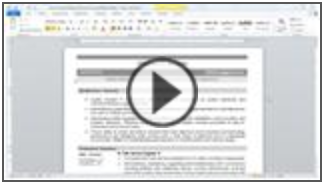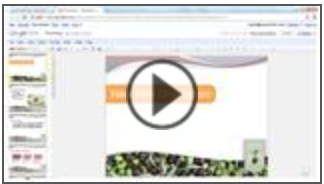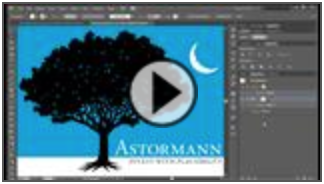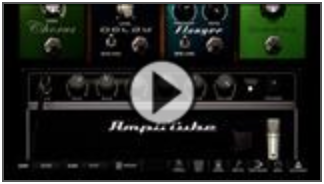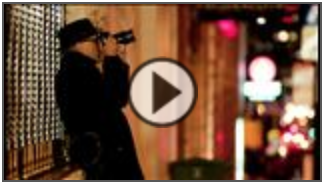Feb 25, 2013 | Lynda, News & Events, Unboxed
Thanks to our media production specialists Matt Bardwell and Nathan Driskell and the student staff for the next Unboxed short. We’ve continued to see steady growth in our Checkout Gear pool and wanted to make folks aware of some of our advanced video production options like the pop-up green screens.
If Drew inspired you to check one out, here are a couple resources that will make your first green screen project a little easier.
.
Vimeo Video School
The staff at Vimeo introduce the basics of lighting and editing your green screen footage that any student would be capable of replicating with minimal training. We also have copies of After Effects up in the Learning Studio if you want to work with advanced software; otherwise, green screen tools are also available in iMovie and Camtasia.
.
Lynda.com Advanced Course
When you get the green screen bug, follow-up with an intermediate course at Lynda.com. Members of the ACU community have access to all Lynda.com titles; just make sure you log into Lynda before visiting the the following course page.
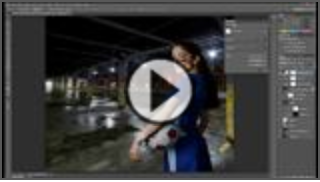
- Log into Lynda.com
- Advanced Green Screen Techniques course
.
Feb 12, 2013 | Projects, Storytelling
This last month we welcomed a remarkable group of faculty to join us for our first Scholarly Storytelling workshop in the Learning Studio. We wanted to explore the potential of mixed-media storytelling to communicate messages drawn from research and professional writing with a wider audience.
Al Haley and Kyle Dickson led the workshop which paralleled the basic structure of a three-day storytelling workshop with the exception that the final products didn’t follow any one basic format. Presentations included expanded training in the proper use and citation of digital sources and advanced production options like working with a green-screen or teleprompter. The workshop also coincided with planning for the One-Button Studio which will make these types of stories even easier to produce in the future.
Here are just a few examples from the workshop.
.
Faculty Examples

Different
Copier – Al Haley
Different – Jeff Childers
Hope & Tragedy in Amos – Mark Hamilton
Modeling Intentional Community – Kent Smith
.
Context
Each of the projects was produced with a particular audience in mind. Al was presenting at a conference and wanted a way to talk about his interest in mixed-media texts. Mark was thinking about videos to introduce biblical texts for a media commentary project he was considering. Kent was working with colleagues on a research project to share interviews with members of intentional communities around the country. Jeff had a particular role for his project to play within a graduate theology class. This last demonstrates the complexity of these messages for particular audiences:
“This project is intended to stimulate conversation about synthesis in a graduate class. All the students will have read assigned texts, and one of the themes on which I will focus in class is the attempt in early Syriac Christianity to have radically different styles of discipleship co-existing in the same communities. It was difficult for them, as for us, and I prepared a film that 1) underscores a range of related themes in certain texts (which they will have read), 2) grounds the topic in a particular socio-historic setting, yet 3) suggestively associates their struggles maintaining unity-in-diversity with our own struggles to do so, in several different arenas of interest to Christian communities (i.e. worship styles, fellowship, ministry, race, etc.). The music is that of Syrian Orthodox hymnody.”.
Overall, a remarkably diverse group of teachers and scholars thinking about the potential of media tools to forward their work across campus.
Dec 21, 2012 | News & Events
As we break for the holiday, here is nice treat from D. Grant Smith and KACU on their original program The Appetizer. If you’re looking for some indie takes on Christmas standards, this is a great couple hours of music. Thanks to Dave and everyone at Abilene’s public radio at KACU!
(See The Appetizer blog for the Playlist.)
Christmas 2012 – Hour 1 (December 22, 2012)
Christmas 2012 – Hour 2 (December 22, 2012)
Dec 15, 2012 | Projects, Storytelling, Students
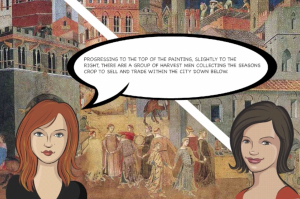 Thanks to Kenny Jones for sending along sample projects from ART 221, General Survey 1. Students worked in teams to produce an 8-10 minute comparison of three artifacts, two from their survey of art history and one more contemporary example.
Thanks to Kenny Jones for sending along sample projects from ART 221, General Survey 1. Students worked in teams to produce an 8-10 minute comparison of three artifacts, two from their survey of art history and one more contemporary example.
Here are a few of their projects with a summary of the assignment.
Student Examples
.
Project Assignment
I. Choosing a Topic for the Podcast:
Our goal is the analysis of the form, iconography and technique of artifacts within their historic context, so as to visually demonstrate their main paradigm characteristics. Use the visual media of the podcast to make a visual argument for your thesis, of course you should include verbal material as well.
If you aren’t showing us visual information you are not taking advantage of this visual media – be sure to show us and not just tell us. Consider the fact that what you are really doing is helping us to envision information. That being said, do not interpret this as a invitation to overwhelm us with useless decorative or ornamental packaging, e.g. distracting chart junk, vacuous clip art, baffling special effects, etc. Be sure to check out this resource on envisioning information.
Compare and contrast two artifacts from our textbook. It may be any significant artifact found in our text, e.g. painting, sculpture, architecture, piece of furniture, etc. In addition to these two artifacts compare a current physical, artifact from your primary, normal cultural environment, e.g. artwork, architecture, or appliance, etc. (current means it was substantively made, not remodeled or made famous but actually made within the 21st century).
This means you will be comparing a total of three artifacts:
1. the primary artifact from our text
2. the artifact that is older or newer than the primary artifact, also from our textbook.
3. the artifact that can help you see your paradigm – that was made in 21st century and is a relevant, physical artifact from your primary, normal cultural environment. (Do not use artifacts that were remolded, refurbished or made famous in the 21st century, these do no qualify for having been created and constructed in this century and are therefore not relevant reflections of your current paradigm).
for more details, ART 221: General Survey 1 Blog
.





